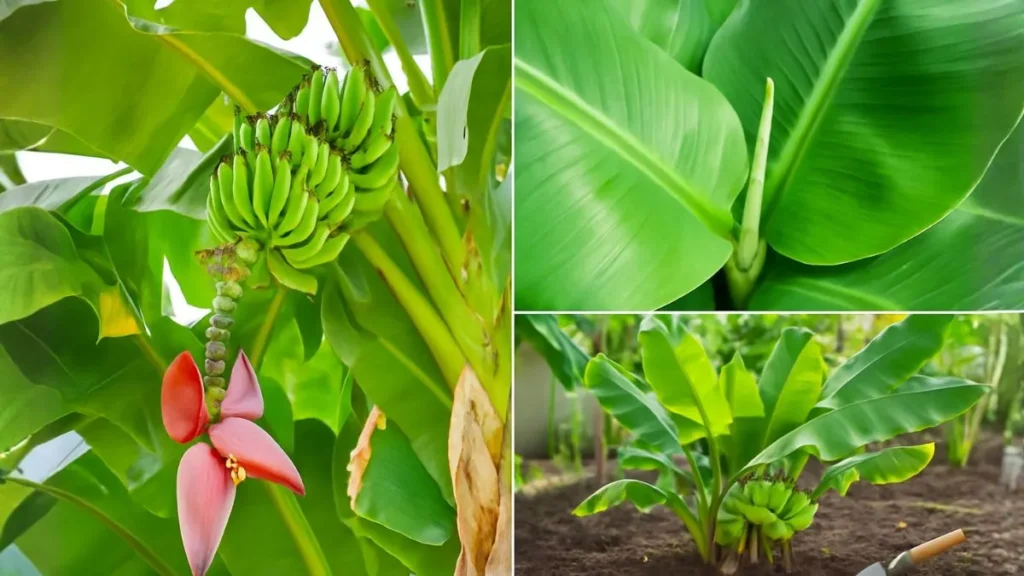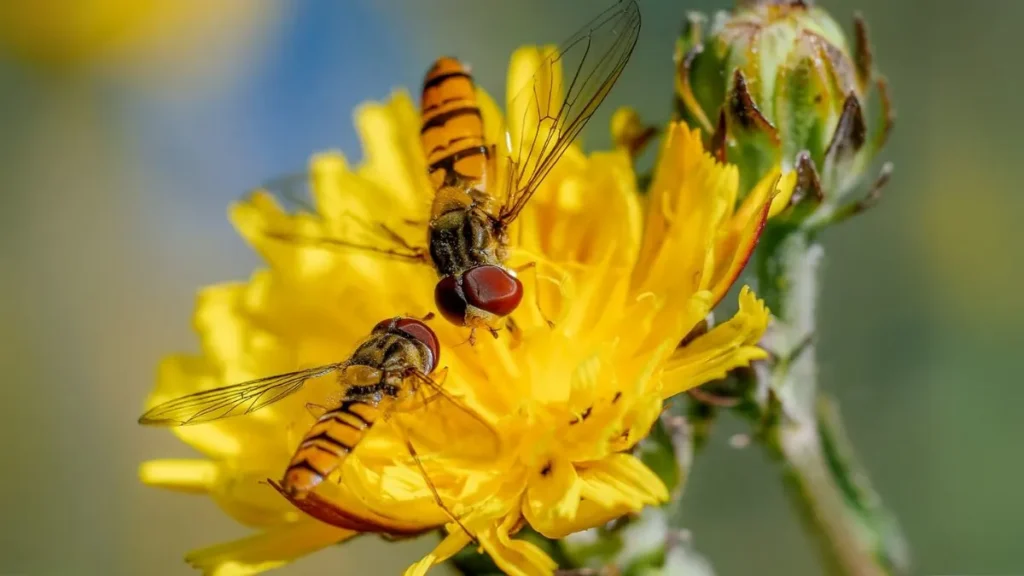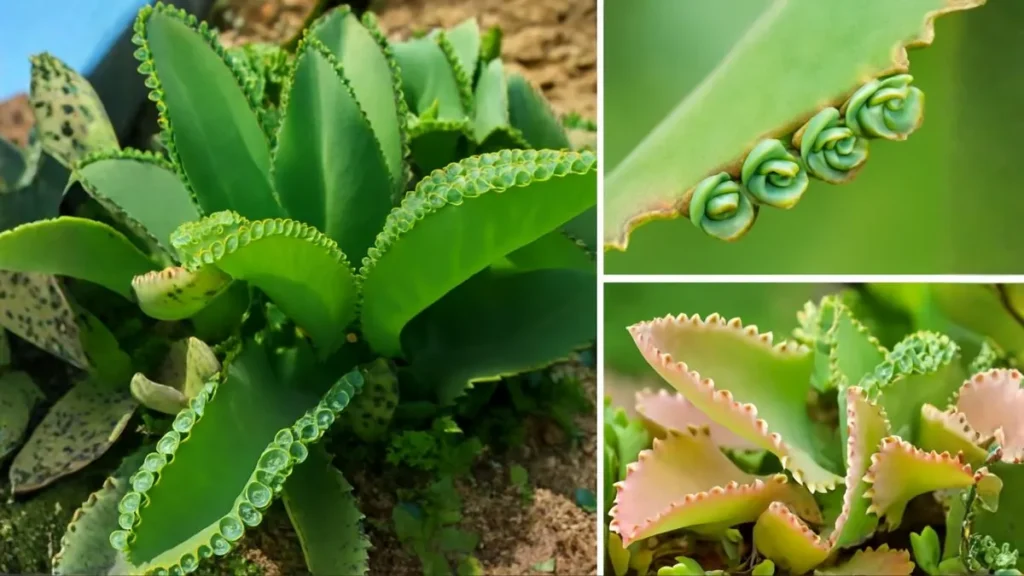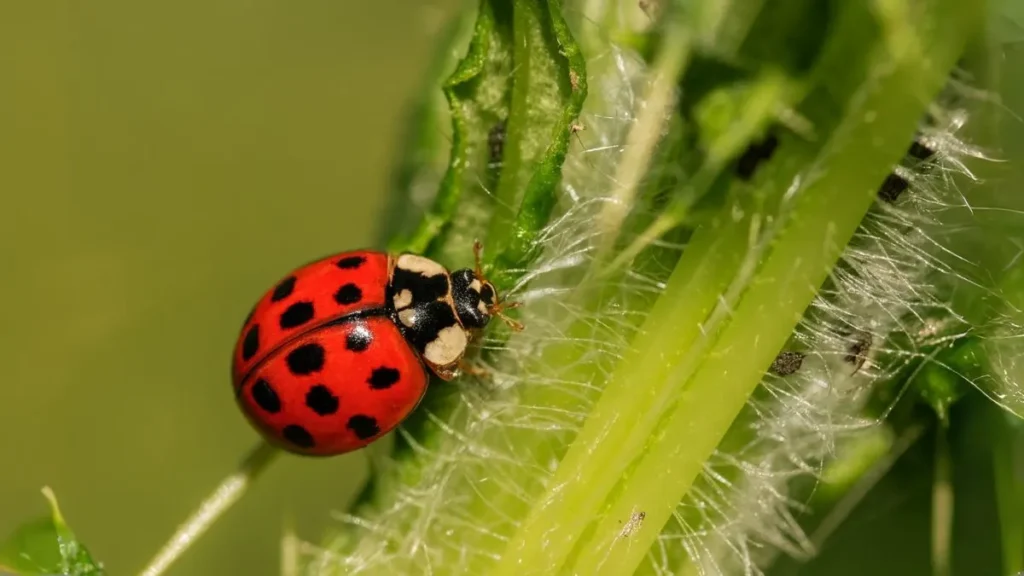Few garden flowers capture both elegance and ease the way Cosmos do. With their feathery leaves, long stems, and vibrant blooms, they instantly brighten borders, balconies, and backyard corners. The best part? Cosmos flowers need less maintenance, making them ideal for beginners as well as busy gardeners who want beauty without the hassle.
From my own backyard experience, I can say cosmos feel like the perfect balance between effortless and rewarding. You give them sunlight and space, and they return the favor with weeks of continuous blooms.
Getting Started with Cosmos
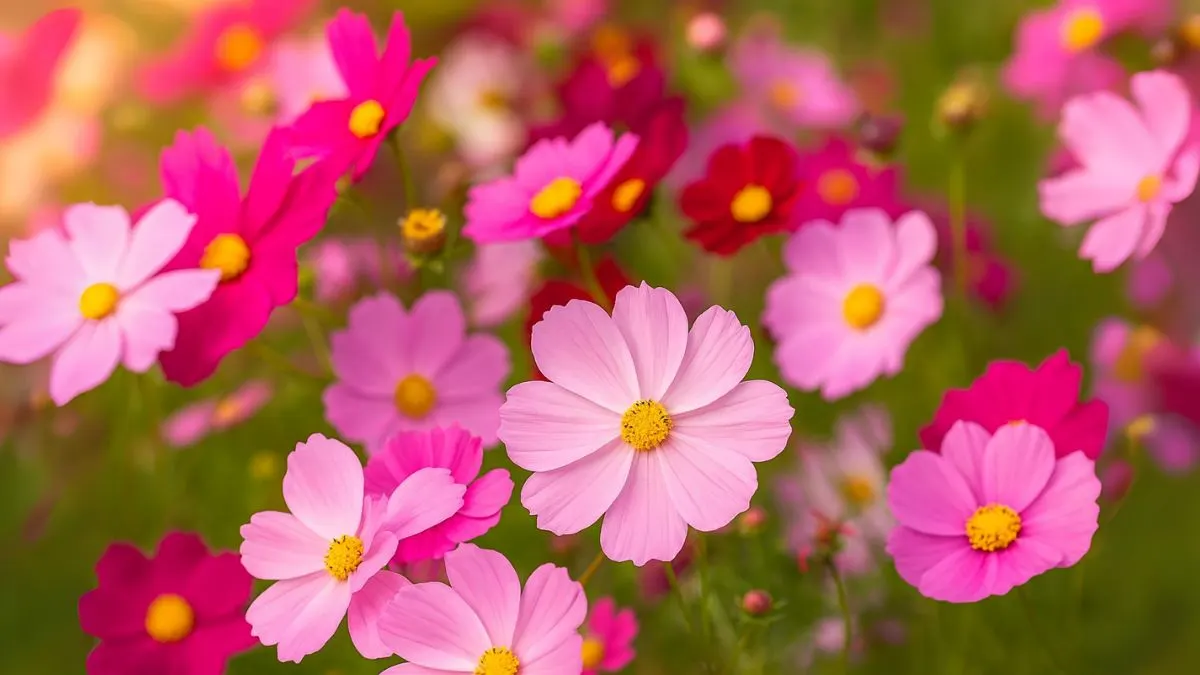
1. When to Plant
Timing is crucial for strong growth. For best results, always plant Cosmos seeds indoors about 4–6 weeks before last frost. Starting seedlings indoors early gives them a head start against unpredictable spring weather.
I’ve experimented with both direct sowing and indoor planting. Direct sowing does work, but starting indoors gave me healthier plants that bloomed faster—an early splash of color while the rest of the garden was still waking up.
2. How to Sow Seeds
- Use seed trays filled with a light potting mix.
- Place seeds about ¼ inch deep.
- Keep the soil lightly moist until germination (7–10 days).
- Once seedlings develop, harden them off before moving outdoors.
This small bit of patience pays off big when you see your cosmos thriving in early summer.

Choosing the Right Location
The golden rule is simple: Choose a sunny spot—cosmos love heat and light. These flowers aren’t shy about the sun—they demand it. Without at least 6–8 hours of sunlight, they’ll grow tall but with fewer blooms.
From personal experience, planting them near vegetable beds was a bonus. Not only did they thrive, but their blooms attracted pollinators, which in turn helped my tomatoes and cucumbers produce more fruit.
Remember: cosmos flower bloom best when planted in full sun and in free-draining, average garden soil.
Also Read: The Secret to Growing Strawberries at Home
Soil and Water Needs
One of the most common mistakes I see new gardeners make is over-pampering cosmos with fertilizers and too much water. These plants actually perform better in average soil. Fertile soil pushes leafy growth but fewer flowers.
So instead, focus on providing ample sunlight, well-draining soil, and minimal watering once established. they are drought-tolerant—once mature, I water mine only during long dry spells.
Here’s a quick reference table for easy recall:
Requirement |
Best Condition |
Sunlight |
6–8 hours full sun |
Soil |
Free-draining, average garden soil |
Watering |
Light—minimal once established |
Fertilizer |
Rarely needed; too much reduces blooms |
Caring for Cosmos
- Low-Maintenance Beauty
The joy of cosmos is that they’re practically self-sufficient. They flowers need less maintenance than most ornamentals. Sure, deadheading spent flowers encourages new blooms, but even if you skip it, cosmos keep flowering generously.
- Height and Support
Depending on the variety, cosmos can grow anywhere from 1 foot to 6 feet tall. Taller ones may need staking, especially in windy areas. In my garden, I used bamboo sticks for support—it worked perfectly without looking out of place.
- Companion Benefits
Cosmos are excellent team players in the garden. Their blossoms attract bees, butterflies, and even hoverflies, which helps with pollination and natural pest control.
Also Read: Top Vegetables That Thrive in Shade
Types of Cosmos to Try
- Cosmos bipinnatus – The classic variety with pink, purple, and white blooms.
- Cosmos sulphureus – Bright orange and yellow flowers that thrive in hot summers.
- Chocolate Cosmos – A rare deep red bloom with a subtle cocoa fragrance—perfect for drama in the garden.
Each variety brings its own character, so mixing them can give your garden a festival of colors.
Common Mistakes to Avoid
🌱 Overwatering – It hate soggy soil. Stick to light watering.
🌱 Over-fertilizing – More leaves, fewer flowers. Avoid it.
🌱 Planting in shade – Always remember: choose a sunny spot—cosmos love heat and light.
My Backyard Cosmos Story
Last summer, I dedicated a bright, sunny corner of my backyard exclusively to cosmos. I started seeds indoors in early spring and transplanted them outside once the frost risk passed. By mid-June, that corner looked like a mini wildflower meadow.
Neighbors often stopped to ask what the secret was. The truth? Nothing fancy—just well-draining soil, sunlight, and minimal watering once established. The cosmos did the rest on their own.
By the end of the season, my cosmos patch had become the highlight of family evenings, buzzing with butterflies and bees.
If you want a flower that delivers beauty without demanding constant care, cosmos should be your first choice. From the moment you plant its seeds indoors about 4–6 weeks before last frost to the joy of seeing them bloom in mid-summer, the journey is simple and fulfilling.
Also Read: Why Gardeners Plant Garlic in September
Remember these golden rules:
- Cosmos flowers need less maintenance.
- They bloom best when planted in full sun and in free-draining, average garden soil.
- Focus on providing ample sunlight, well-draining soil, and minimal watering once established.
Follow these basics, and your garden will reward you with colorful, carefree blooms all season long. 🌸
